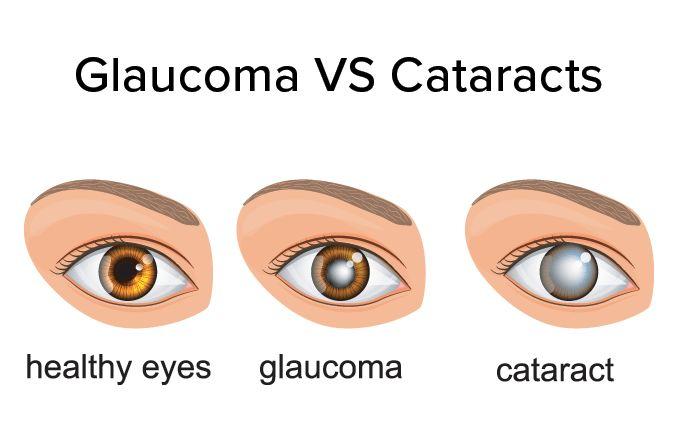Glaucoma Treatment: Effective Solutions to Manage Intraocular Pressure
Exploring Medications, Laser Therapy, and Surgery for Preserving Vision
Introduction: Glaucoma is a progressive eye condition that affects the optic nerve and can lead to permanent vision loss if left untreated. One of the primary goals of glaucoma treatment is to manage intraocular pressure (IOP) within a safe range to prevent further damage to the optic nerve. In this article, we will delve into the latest advancements in glaucoma treatment, including medications, laser therapy, and surgery. By understanding these interventions, individuals can make informed decisions about their eye health and preserve their vision.

Medications for Glaucoma: Medications play a crucial role in managing glaucoma by either reducing the production of aqueous humor (fluid in the eye) or improving its drainage. Eye drops are the most common form of medication used in glaucoma treatment. They may contain beta-blockers, prostaglandin analogs, alpha-adrenergic agonists, or carbonic anhydrase inhibitors. These medications help lower IOP and are typically used as the first line of treatment. In some cases, oral medications may be prescribed to complement the effect of eye drops.
Laser Therapy for Glaucoma: Laser therapy has revolutionized glaucoma treatment and offers non-invasive options for managing the condition. Selective Laser Trabeculoplasty (SLT) is a commonly used laser procedure that improves the outflow of fluid from the eye. It targets the trabecular meshwork, a drainage system in the eye, to enhance its function and reduce IOP. Another laser procedure, called Laser Peripheral Iridotomy (LPI), is used for narrow-angle glaucoma. LPI creates a small hole in the iris to improve fluid drainage and relieve pressure on the optic nerve.
Glaucoma Surgery: In cases where medications and laser therapy do not effectively control glaucoma or if the condition is severe, surgery may be recommended. Trabeculectomy is a common surgical procedure that creates a new drainage channel in the eye, allowing excess fluid to drain and reducing IOP. Another surgical option is the implantation of drainage devices, such as a glaucoma drainage implant, which shunts fluid away from the eye to lower pressure. Minimally invasive glaucoma surgery (MIGS) techniques, such as trabecular meshwork bypass stents, are also gaining popularity due to their reduced invasiveness and quicker recovery times.
Conclusion: Glaucoma treatment has come a long way, providing effective solutions for managing intraocular pressure and preserving vision. Medications, laser therapy, and surgery all play crucial roles in controlling glaucoma progression. The choice of treatment depends on various factors, including the type and severity of glaucoma, the patient's overall health, and their preferences. It is important for individuals with glaucoma to work closely with their eye care professionals to determine the most suitable treatment approach and ensure the best possible outcomes for their eye health. By staying proactive and seeking timely treatment, individuals can effectively manage glaucoma and maintain their vision for years to come.
We are associated with experienced and highly skilled medical professionals. We use the latest medical technology available in the world and we provide medical services in collaboration with JCI & NABH Certified hospitals only. Our services include various types of treatment and organ restructuring and transplant.
